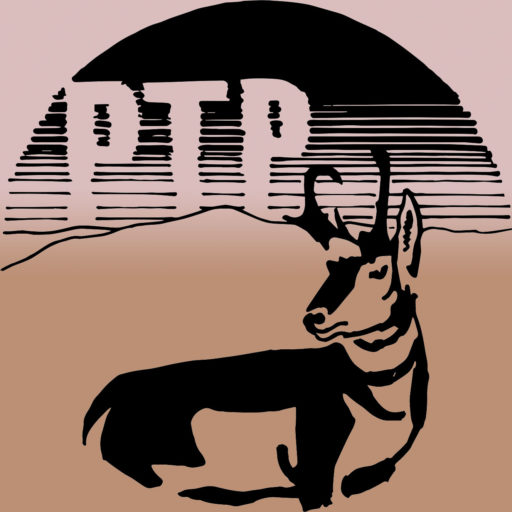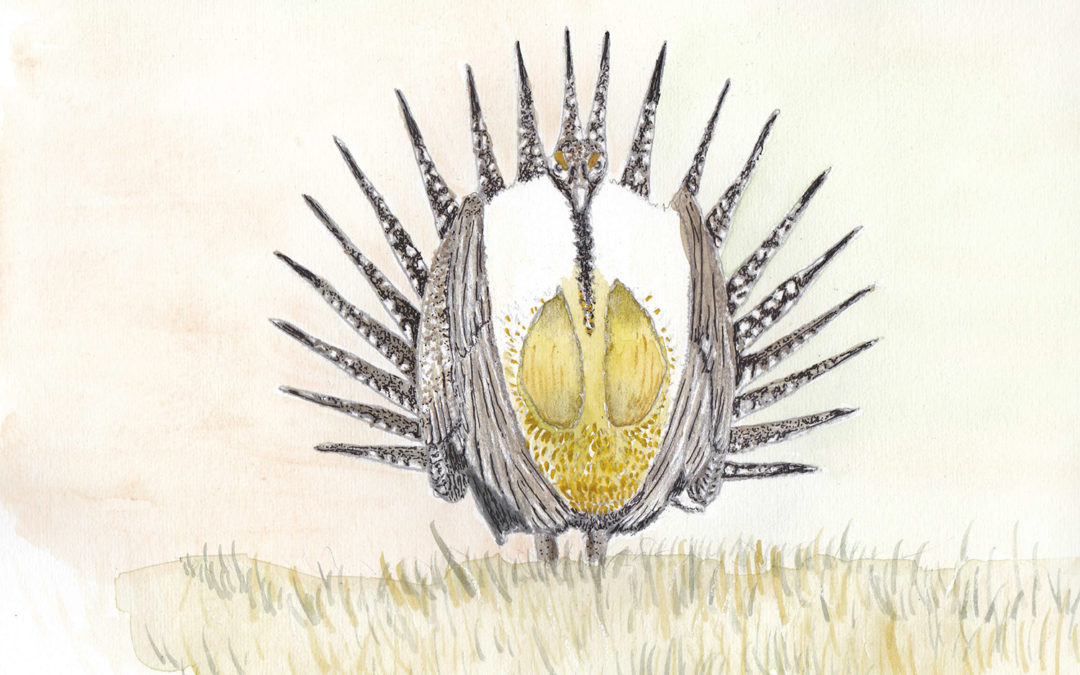Thacker Pass is sagebrush steppe habitat, which is where sage-grouse nest. They prefer dense cover from big sagebrush, although they also use areas with rabbitbrush, and locate their leks on broad ridgetops, grassy swales and dry lakebeds. This perfectly describes the habitat at Thacker Pass.
In Appendix H of the final Environmental Impact Statement for Thacker Pass Lithium Mine, Wildlife and Special Status Species Information, the BLM write: “No sage-grouse were detected during any of the surveys.” The surveys they did were most recently in 2012, nine years ago. The BLM claims that the proposed mining action is consistent with the Nevada resource management plan to “conserve, enhance, and restore Greater Sage-grouse habitat.” How exactly is an open-pit mine consistent with this plan? They don’t say.
They say they will “limit disturbance area”. A 5000+ acre mine doesn’t sound much like “limiting disturbance area.”
They say they will perform breeding bird surveys before ground disturbance and fence areas surrounding reclaim ponds (which are toxic to birds). That they will “offset” effects of the disturbance to greater sage-grouse and sagebrush habitat, although they don’t say how.
They make the outrageous claim that any disturbance in the area will be temporary, and that they will ensure that “long-term enhancement and protection of habitat” will result in a “net benefit for the species.”
They say all of this despite the fact that they acknowledge that:
“There is one active lek (Montana-10) within 0.96 miles of the Project area, and three active lek sites within 3.1 miles of the Project area (Figure 4.5-10, Appendix A). NDOW lek observations have documented birds displaying at this lek within 0.75 miles of the proposed Project area (NDOW 2020). GRSG have been documented within the Project area during field surveys and by NDOW, who reported 63 tracking locations generated by at least 30 radio-marked birds (NDOW 2018).”
The Thacker Pass Lithium Mine will destroy perfect and critical sage-grouse habitat. It will produce toxic dry stack tailings that will be left in the area to poison the ground for who knows how long. It will completely destroy the old-growth sagebrush and rabbitbrush in the area. It will spew out pollution and CO2 from diesel engines, as well as pollution from burning sulfur that will contaminate a wide region around the mine. And it will deplete the ground water and natural springs in this incredibly arid area.
Greater sage-grouse are threatened by oil extraction, fracking, mining, and cattle grazing throughout their range in North America.
The birds are extremely sensitive to noise and air-pollution.
The males are known for their elaborate and spectacular mating dances performed in leks, their seasonal mating grounds.


Trackbacks/Pingbacks